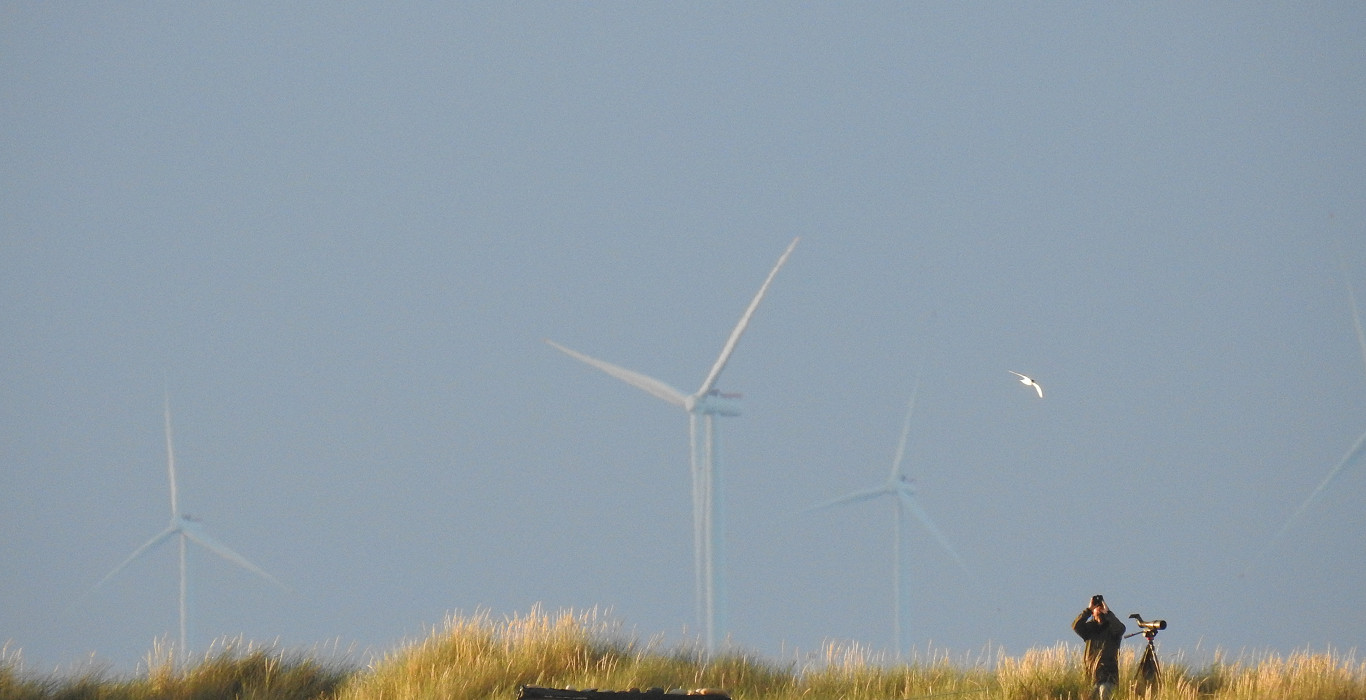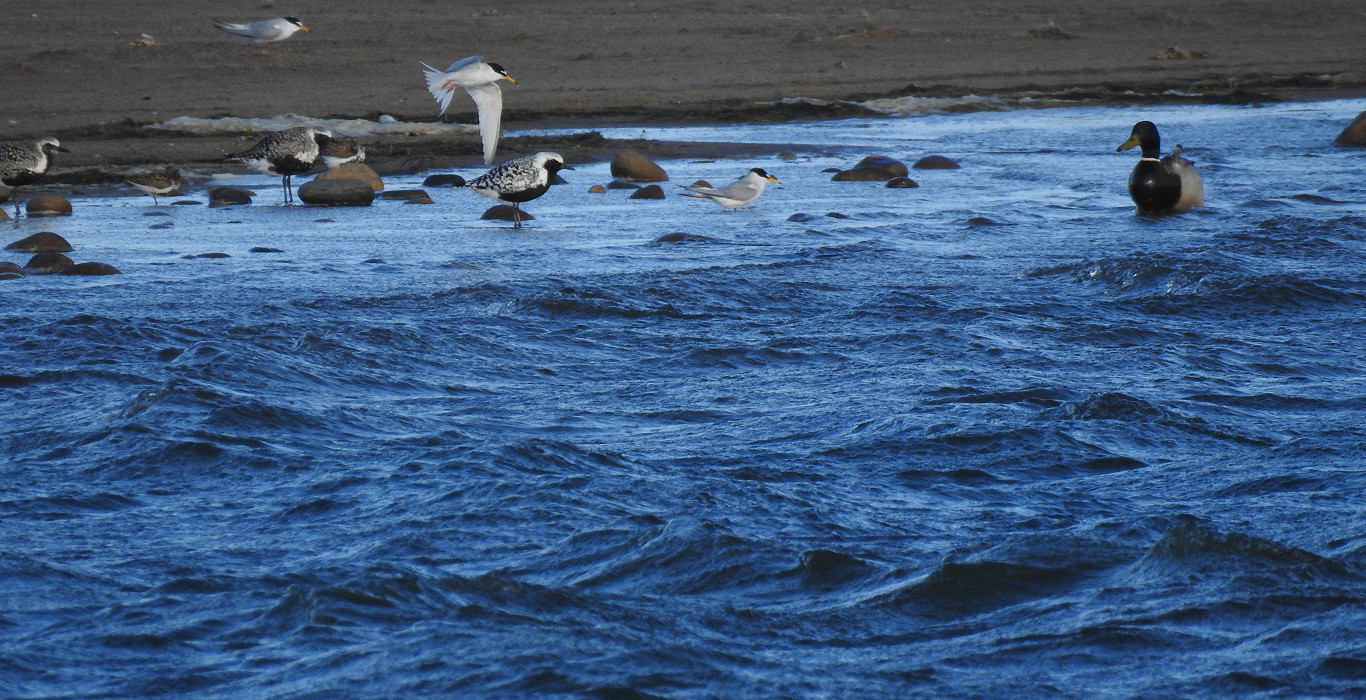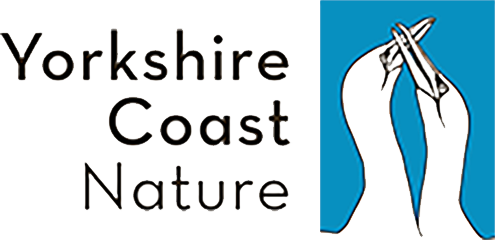What can we have on offer?


Data available
Data have been collected and collated at Spurn for over 70 years. Focused largely on migrant and resident birds, it also extends to insects (mostly moths and butterflies) and mammals.
Digital archives dating back to 1946 exist for daily bird logs, while bird ringing data stretches back to 1951. These databases are updated at least annually once data checking is complete. In addition, there are the original logs with annotated notes. These are stored, along with other archives (such as photographs, illustrations and journals from local naturalists donated to the Observatory) at the Treasure House in Beverley.
Other than in exceptional circumstances, these data are available to bona fide researchers free of charge. Donations are always welcome to further our data collection, research and land management.
It’s not only historic data we can offer. We have hostel-style accommodation available to book, on site bird ringing, local knowledge on where birds have been seen recently or the best capture techniques to give you a head start in fieldwork and some, limited, indoor space. Please do get in touch to see if there is any way the Observatory could help you with your project or simply facilitate your research on Observatory land or ringing sites. To discuss the possibilities, send us an email.

Data Request process
In order to discuss access to the data Spurn Bird Observatory holds, please download and read our Data Terms document and contact The Chair of the Science and Research sub-committee (details within the pdf document). Once the data required are identified, the request is logged and shared with the sub-committee for discussion, and then the data are supplied. We ask that results and any publications are then shared with us. Full details are included in the Data Terms below:
We welcome you to speak to us about the data available and / or how we might be able to help you with conducting or settling up a research project in the area.
Data Terms documentScience and Research Grant
The Spurn Bird Observatory committee have made £500 per year available to support projects that help meet the committee's research priorities, with the aim of funding 1–3 projects per annum.
Grants are made at any time of year, and on a first-come, first-served basis renewing at the start of each academic year (e.g. September 1st). If applying after 1st September of each year. It is highly recommended applicants check with the Science and Research Committee to check how much, if any, funding remains for that academic year. Grant applications can be made for any amount up to £500, but the committee may choose to award less money if they have received multiple applications they wish to fund. The Observatory is keen to increase the accessibility and feasibility of conducting research projects at Spurn. The grant is open to all, from academics through to non-professional enthusiasts.
Below we have attempted to collate natural history papers relating to the Spurn area. Please do get in touch if you know of others or have recently published a paper yourself using data collected in the Spurn area. It would be great to bring research papers together for all to see.
In addition to papers listed below, Spurn Bird Observatory publishes its own annual report ‘Spurn Wildlife’ and there is The ‘Birds of Spurn’ by Andy Roadhouse - please see the Publications section of the Spurn Bird Observatory shop for further information.

Wade, D., Ashton-Butt, A., Scott, G., Reid, S., Coward, V., Hansen, R., Banyard, A., and Ward, A. (2022). High pathogenicity avian influenza: Targeted active surveillance of wild birds to enable early detection of emerging disease threats. Epidemiology and Infection, 1-29. doi:10.1017/S0950268822001856 (https://www.cambridge.org/core/journals/epidemiology-and-infection/article/high-pathogenicity-avian-influenza-targeted-active-surveillance-of-wild-birds-to-enable-early-detection-of-emerging-disease-threats/7D6004005C4F5F9EB7992B6236DE40AA)
Metcalf, O.C., Bradnum, D., Dunning, J., and Lees, A.C. 2022. Nocturnal overland migration of Common Scoters across England. British Birds vol. 115, issue 3, pp 130–141 (https://britishbirds.co.uk/content/nocturnal-overland-migration-common-scoters-across-england)
Spinks, J., Turton, M. & Boon, R. 2020. The Beacon Ponds Little Tern Project Report 2020. Spurn Bird Observatory Trust Ltd,
Bateman, M.D., McHale, K., Bayntun, H.J., Williams, N. 2020. Understanding historical coastal spit evolution: A case study from Spurn, East Yorkshire, UK. Earth Surf. Process. Landforms 45 3670–3686 (https://onlinelibrary.wiley.com/doi/epdf/10.1002/esp.4991)
Davidson, S., Turton, M. & Boon, R. 2019. The Beacon Ponds Little Tern Project Report 2019. Spurn Bird Observatory Trust Ltd,
Woodward, I.D., Calbrade, N.A. & Austin, G.E. 2018. Analysis of Wetland Bird Survey (WeBS) Data for The Humber Estuary SSSI, SAC, SPA and Ramsar site: Third appraisal - sector-level trends to winter 2016/17. BTO Research Report 709. BTO, Thetford. (https://www.bto.org/sites/default/files/publications/bto_rr_709_web.pdf)
N.A. Calbrade 2013. Humber Estuary Low Tide Programme 2011/12. BTO Research Report 642. BTO, Thetford. (https://www.bto.org/sites/default/files/shared_documents/publications/research-reports/2013/rr642.pdf)
Austin, G.E., Calbrade, N.A., Rehfisch, M.R. & Wright, L.J. 2008. Humber Estuary SPA waterbird populations: trend analyses by count sector. BTO Research Report 497. BTO, Thetford. (https://www.bto.org/sites/default/files/shared_documents/publications/research-reports/2008/rr497.pdf)
Hutt, A. & Taylor, G. 2006. Grey-bellied Brant, The apparent in East Yorkshire. Birding World 19 113–117
Shudd, J.H. 1972. The Distribution of Spiders at Spurn Head (E. Yorkshire) in Relation to Flooding. Journal of Animal Ecology 41:1 63–70 (https://www.jstor.org/stable/3505?seq=1)
Pashby, B.S & Cudworth, J. 1969. The Fulmar ‘wreck’ of 1962. British Birds 62:3 97–109 (http://britishbirds.co.uk/wp-content/uploads/article_files/V62/V62_N03/V62_N03_P097_109_A022.pdf)
Barnes, J.A.G. 1956. Delayed emigration of certain birds in autumn 1954. British Birds 49:2 74–79 (http://britishbirds.co.uk/wp-content/uploads/article_files/V49/V49_N02/V49_N02_P074_079_A010.pdf)


